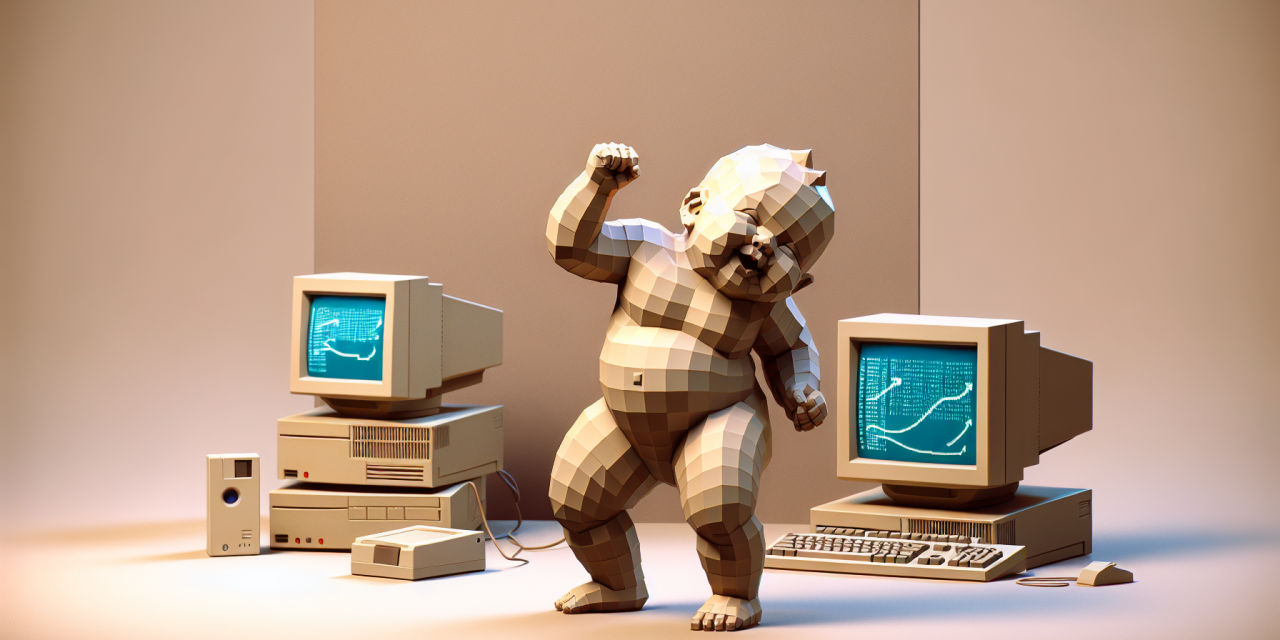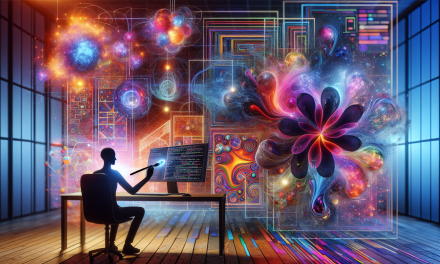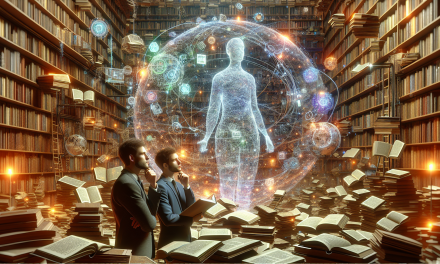Picture this: somewhere in a computer lab in the mid-1990s, a 3D animator was tinkering with movement patterns for a baby character. Little did they know they were about to accidentally create one of the most important cultural artifacts of the digital age. That wiggling, hip-swaying, endlessly looping baby would become the internet’s very first viral sensation – and teach us something profound about how ideas spread in digital spaces.
The Dancing Baby wasn’t planned as a meme. It wasn’t designed to go viral. It was simply a sample file demonstrating 3D animation software called Character Studio. But sometimes the most powerful innovations happen when we’re not looking for them at all.
The Birth of a Digital Legend
Think of the internet in 1996 like a small town where everyone knew everyone else. Dial-up connections made sharing anything larger than a postage stamp image feel like waiting for paint to dry. Into this slow, quiet digital world came something unexpected: a chunky, polygonal baby doing what looked like a cha-cha dance, rendered in gloriously primitive 3D graphics.
The Dancing Baby (officially called “baby.max”) was created by Michael Girard, Robert Lurye, and John Chadwick as a demonstration of how their animation software could make realistic human movement. But here’s where it gets interesting – and very coder-like in its thinking. They didn’t just create one dancing baby. They created a system that could generate endless variations of the dance, with different timing, different moves, different rhythms.
This is computational thinking in action: instead of making one thing, they made a thing that could make many things. It’s like writing a recipe that can create thousands of different cookies just by tweaking the ingredients slightly.
How Memes Think Like Code
Here’s something fascinating: memes behave remarkably like computer programs. The Dancing Baby demonstrates this beautifully. Just like a piece of code, a meme has a basic structure (in this case, a dancing figure) that can be copied, modified, and remixed endlessly while maintaining its essential “dancingness.”
Think about how programmers work with functions. You write a function called “makeDance()” once, then you can call it with different parameters: makeDance(speed=fast), makeDance(style=disco), makeDance(character=cat). The Dancing Baby worked the same way – people kept the core concept but swapped in different characters, different music, different contexts.
Software developers call this “modularity” – building things in pieces that can be recombined in new ways. The Dancing Baby was accidentally the first truly modular piece of internet culture. It proved that digital content could evolve and adapt just like living organisms, spreading from computer to computer and mutating along the way.
The Remix Revolution
What made the Dancing Baby special wasn’t just that lots of people saw it – it was that lots of people changed it. Early internet users didn’t just forward the original file. They added soundtracks (famously, “Hooked on a Feeling” by Blue Swede). They put the baby in different environments. They made the baby wear different outfits. They taught other characters to do the baby’s dance moves.
This was revolutionary thinking. Before the Dancing Baby, most media was “read-only” – you consumed it, but you couldn’t easily change it. Television, radio, books, movies – these were one-way streets. But digital media revealed itself to be fundamentally different. It was “read-write” from the beginning, designed to be copied, modified, and shared.
It’s like the difference between getting a printed recipe and getting the actual ingredients. With the printed recipe, you can make the dish, but that’s about it. With the ingredients, you can make the dish, improve it, combine it with other recipes, or create something entirely new. Digital media gave us the ingredients, not just the final dish.
The Language of GIFs
The Dancing Baby also helped establish something we now take completely for granted: the idea that moving images could be a form of communication. Before 1996, if you wanted to express joy, you typed “I’m happy!” But the Dancing Baby suggested something different – that a looping, wordless animation could convey emotion, humor, and meaning more powerfully than text.
This was computational communication at its finest. Just like how programmers use loops to repeat actions efficiently, the Dancing Baby used repetition to create meaning. The endless loop wasn’t a bug – it was a feature. It made the joy more joyful, the silly more silly, the infectious more infectious.
Today, we have entire conversations using nothing but GIFs. We’ve developed a visual vocabulary where a dancing banana means celebration, a facepalm means frustration, and a shrug means “I don’t know.” The Dancing Baby was our first lesson in this new grammar of digital expression.
Viral Thinking
Perhaps most importantly, the Dancing Baby taught us how ideas spread in digital networks. Before the internet, cultural transmission worked like a river – flowing in one direction, from big sources (TV networks, radio stations, publishers) to smaller destinations (audiences). But digital networks work like mycelium, the underground fungal networks that connect forest ecosystems. Ideas can start anywhere and spread everywhere, following unpredictable paths and growing stronger as they spread.
The Dancing Baby showed us that virality isn’t just about popularity – it’s about adaptability. The most successful digital content isn’t necessarily the most polished or professional. It’s the content that invites participation, that can be easily copied and modified, that gives people a platform for their own creativity rather than just passive consumption.
This is why understanding memes matters for anyone trying to think like a coder. Memes reveal the true nature of information in digital systems – not as fixed objects to be consumed, but as dynamic patterns to be explored, modified, and shared. They show us that the most powerful digital experiences aren’t just interactive – they’re collaborative.
The Algorithm of Culture
Looking back at that chunky, pixelated baby doing its eternal dance, we can see the seeds of everything that came after. TikTok dances, viral challenges, remix culture, user-generated content – it all traces back to that moment when someone first realized that digital media could be living, breathing, evolving forms of human expression.
The Dancing Baby wasn’t just the first meme – it was proof of concept for an entirely new form of culture, one that thinks like code and spreads like wildfire. It showed us that in digital spaces, the most powerful creations aren’t just tools or entertainment – they’re invitations for others to play, create, and connect.
Every time you share a GIF, remix a video, or participate in an internet challenge, you’re thinking like that Dancing Baby – creating culture that’s designed not just to be seen, but to be shared, modified, and made new again. And perhaps that’s the most remarkable thing about our first digital legend: it’s still dancing, still evolving, still teaching us new ways to be human in digital spaces.








